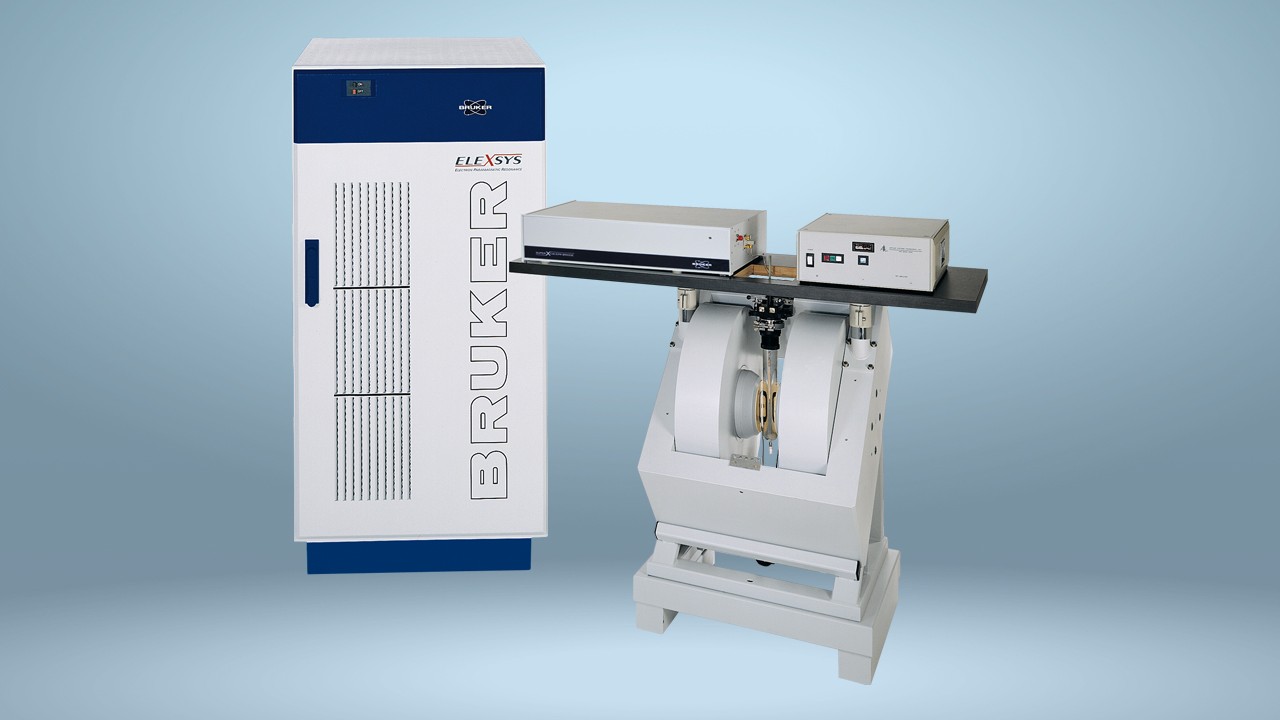

EPR Dosimetry Using Camel Enamel
“The EPR technique can be used for retrospective dose assessment of humans even without human teeth, provided teeth from animals are available”
As illustrated by several events in recent history, there is a real risk of accidental exposure to ionising radiation. There are several potential sources that may result in radiation being present in the environment, such as nuclear plant malfunction or damage, warfare or an act of terrorism.
In order to assess the risk of individuals in the vicinity of the radiation developing serious clinical effects and to determine the extent of medical attention required it is essential to determine the size of dose of radiation absorbed.
If only a small amount of radiation was absorbed, symptoms of radiation sickness may not appear immediately. Nonetheless, affected individuals should be assessed as soon as possible to try and minimise damage to the body. If a high dose of radiation has been absorbed, it may be appropriate for an individual to receive a radiation-mitigating agent1. However, since these agents themselves can cause side effects, their use is only recommended if exposure to radiation is high and likely to cause significant illness2. Radiation exposure can significantly increase the risk of developing leukaemia or other cancer later in life.
EPR (electron paramagnetic resonance), a spectroscopic technique that detects species containing unpaired electrons, has proven to be an effective means of determining the level of exposure to ionizing radiation. The radiation causes free radicals to be formed from the carbonate impurities in the hydroxyapatite of tooth enamel. These can subsequently be detected using EPR analysis3,4. The intensity of the radiation-induced signals can be correlated with the amount of radiation absorbed with an accuracy of ±50 cGy5.
In some retrospective evaluations of radiation incidents there may not be any human tooth enamel available for analysis. In such cases, it would be desirable to assess the level of radiation absorbed by livestock in the area. EPR dosimetry of tooth enamel from cow and goat has been shown to provide results very similar to those seen in human enamel, regarding both sensitivity and linearity6.
A recent study evaluated the correlation of EPR dosimetry conducted using the enamel from camel molars with that of human enamel7. The enamel was irradiated with gamma doses of 1 Gy up to 100 kGy and then analysed by EPR at room temperature using a Bruker, EMX spectrometer.
A linear dose response curve was observed up to a gamma dose of about 15 kGy, at which point it levelled off. The EPR spectra obtained from camel enamel were similar to those obtained from the enamel of human molars7.
Although the response to gamma radiation was lower in camel enamel than in human enamel, it appears that camel teeth would be suitable for retrospective gamma dosimetry assessments.
References
- Medical response to a radiologic/nuclear event: integrated plan from the Office of the Assistant Secretary for Preparedness and Response, Department of Health and Human Services.
- Coleman CN, et al. Ann Emerg Med. 2009; 53(2):213‑222.
- Skvortsov VG, et al. Appl Radiat Isot 2000;52:1275–1282.
- Swartz HM, et al. Radiat Meas 2007;42:1075–1084.
- Chumak V, et al. Appl Radiat Isot 1996;47:1281–1286.
- Jiao L, et al. J Radiat Res 2014;55:1101–1106.
- El-Faramawy NA, et al. Radiat Environ Biophys 2017. DOI 10.1007/s00411-017-0718-1


